I. Introduction
Artificial intelligence (AI) is the process of making machines that are smart enough to do things that usually require human intelligence, such as recognizing speech, making decisions, and translating languages. Healthcare, finance, transportation, and entertainment are just a few of the industries in that AI has the potential to change drastically.
Artificial intelligence has almost limitless uses and has already been shown to be helpful in speech recognition, image recognition, and natural language processing, among other things. For instance, AI can be used in the healthcare sector to analyze patient data, aid in disease diagnosis, spot fraud, and streamline financial transactions in the finance sector.
Understanding the Artificial intelligence development process is essential to fully utilizing AI’s potential. A few complex steps in making an AI system are collecting data, choosing an algorithm, training a model, and putting the system into use. Businesses and organizations can build AI systems that work well and meet their specific needs if they understand this process.
Purpose of this Article
Ultimately, this article will look at the steps needed to make AI systems and the problems that may arise. Readers can gain a deeper understanding of how AI works and how it can be applied to various industries by comprehending the process of artificial intelligence development.
II. Understanding the Fundamentals of AI
It is crucial to grasp the basics of AI to comprehend the procedure of creating AI systems. In this part, we will review the fundamentals of artificial intelligence, including how to collect data, prepare it for analysis, train, and test models, and apply deep learning and neural networks.
A. Explanation of machine learning, deep learning, and neural networks
Machine learning is a type of artificial intelligence that lets computers “learn” new skills and improve their performance without being told to do so by a person. Deep learning is a branch of machine learning that uses artificial neural networks with many layers to find hidden data representations. In order to simulate the way the human brain processes data, deep learning models employ structures called neural networks.
B. Data collection and pre-processing
Data collection is getting information from different places, such as databases, sensors, and application programming interfaces. The data must be pre-processed after collection by being cleaned, formatted, and transformed so that it is ready for analysis.
C. Training and testing of AI models
When training an AI model, you feed it the cleaned and prepared data and tweak its settings until the discrepancy between the predicted and actual results is as tiny as possible. Comparing the model’s performance to brand-new, unheard-of data allows for testing.
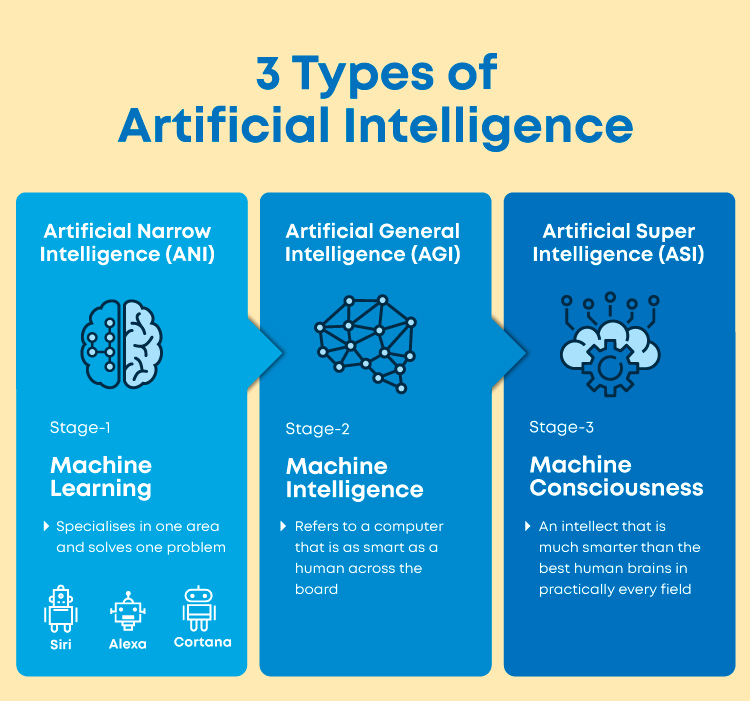
III. How to Build AI System
Time needed: 10 days
AI development is a multi-stage process that begins with defining the problem and desired outcome, gathering and cleaning data, selecting an appropriate algorithm and model, training and testing the model and deploying and optimizing the model.
- Problem identification and goal setting
When creating an AI system, the first step is to figure out what business problem or challenge it will address. The problem statement must be well-defined, with measurable outcomes in mind for the artificial intelligence.
- Data gathering and cleaning
Collecting the correct information and cleaning it up for analysis is the next step after identifying a problem. To guarantee the quality and accuracy of the data, you must first clean, format, and transform it.
- Choosing the appropriate algorithms and models
We must choose algorithms and models based on the problem description and the cleaned data. This requires comparing and contrasting different artificial intelligence methods, such as decision trees, support vector machines, and neural networks.
- Model training and testing
Having decided on an appropriate algorithm and model, the next step is to train the model using the cleaned and prepared data. Here, we want to minimize the difference between the predicted and actual results, so we’ll tweak the model’s settings. To fully assess the model’s efficacy, it must be applied to data it has never seen before.
- Model deployment and optimization
The last step is to put the model into production after training and testing it. It’s essential to ensure the AI works well in the real world, so you’ll need to integrate it with other systems and try it. Also, the model must be improved to stay accurate and valuable over time.
In conclusion, businesses and organizations can benefit from learning the fundamentals of artificial intelligence, such as machine learning, deep learning, and neural networks, and the process of AI development.
IV. Challenges in AI Development
Artificial intelligence is affecting us in many ways. While artificial intelligence holds great promise for enhancing many facets of human existence, it also presents several challenges that must be overcome. Some of the most significant obstacles to creating AI are discussed here.
A. Ethical considerations in AI development
We cannot ignore the dark side of this technology. Ethical questions arise when AI systems can make decisions and take actions that have real-world consequences. For example, when AI algorithms are used, there is a chance of discrimination, privacy violations, and bad intentions. As a result, it is crucial to ensure that artificial intelligence systems are built and used morally, under strict monitoring, and with clear lines of responsibility.
B. Bias in AI models
AI models can be biased if they are trained on data that is biased or if they are based on subjective assumptions. Because of this, people of a certain race, gender, or socioeconomic status may be denied a loan or a job opportunity, among other things. Developers of artificial intelligence systems should ensure that their models are tested for bias at every stage of development and that the data they use to train their models is varied and reflects the population as a whole.
C. Security concerns in AI systems
Artificial intelligence is being used in security systems, that’s why Data breaches, malware, and adversarial attacks are just some of the attacks and threats that these systems may face. So, it is essential to ensure that AI systems are built with security in mind, with concrete measures like encryption, authentication, and access controls. Also, potential security flaws in AI systems should be tracked in real-time and patched immediately.
D. The need for continuous improvement and maintenance of AI models
Artificial intelligence models are not static; they need to be updated and improved regularly to give valuable results. Retraining an AI model with new data may be necessary to keep it current. Also, as new techniques and algorithms are made, it may be required to reevaluate and update the models that are already in place.
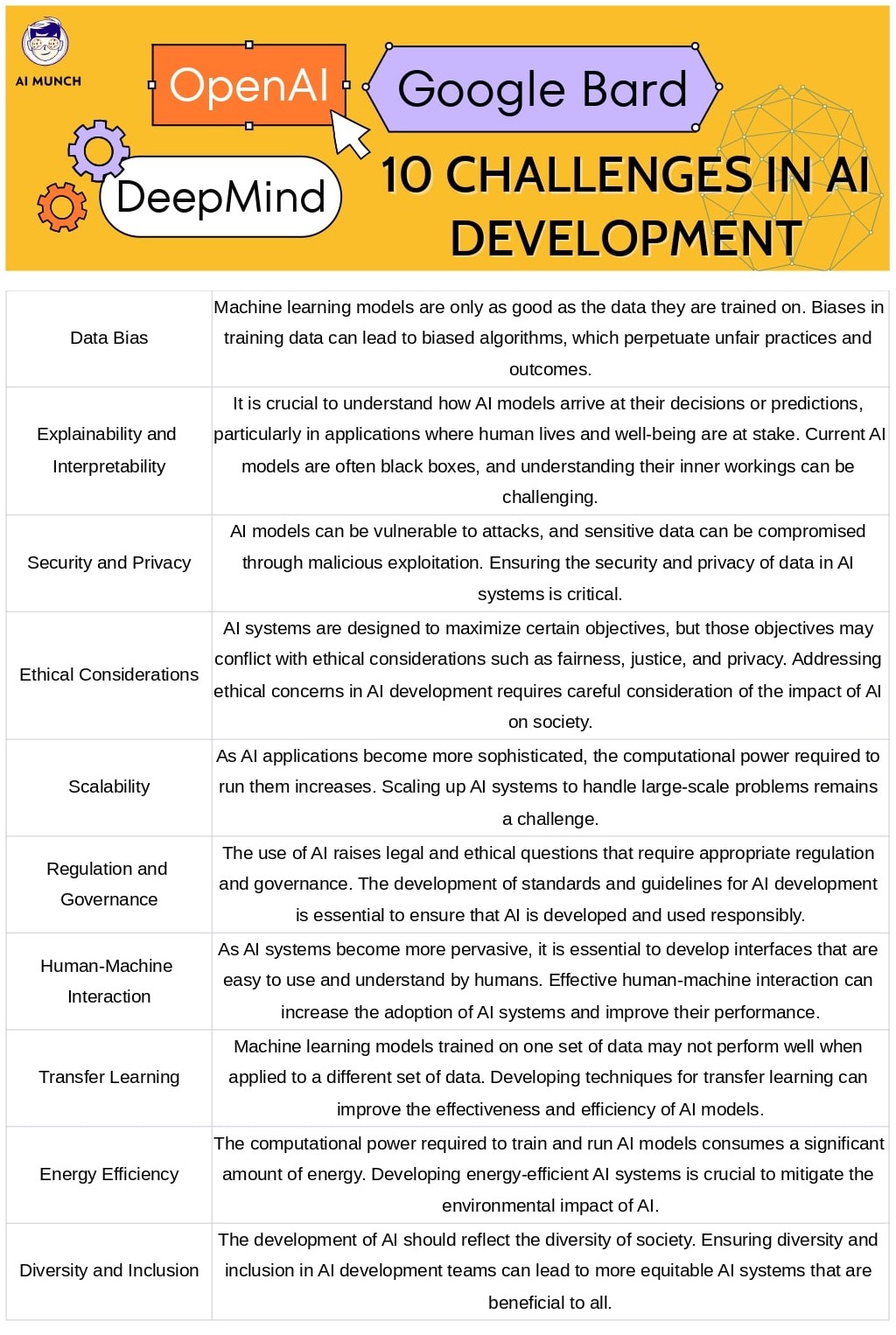
V. Advancements in AI Development
Even though there are problems, AI research and development keep moving forward, and new techniques and algorithms keep coming out. There are tons of businesses you can start with artificial intelligence. Some examples of recent progress in AI are as follows:
A. Reinforcement learning
The “reinforcement learning” method of machine learning trains a model by making it make mistakes repeatedly. The model learns and changes its behavior based on how it is rewarded or punished for what it does. Robotics and gaming are just two examples of the many fields that have benefited from reinforcement learning.
B. Transfer learning
With the help of transfer learning, artificial intelligence models can apply what they’ve learned in one context to another. A model that has been taught to identify dogs is easy to change so that it can be used to recognize other animals. Because of transfer learning, the time and effort needed to make a lot can cut down AI models.
C. Federated learning
With federated learning, data from different places, like mobile devices, can be used to train artificial intelligence models safely. The model performs the training locally on the data sources rather than sending the data to a centralized server. The data is compiled into a new global model.
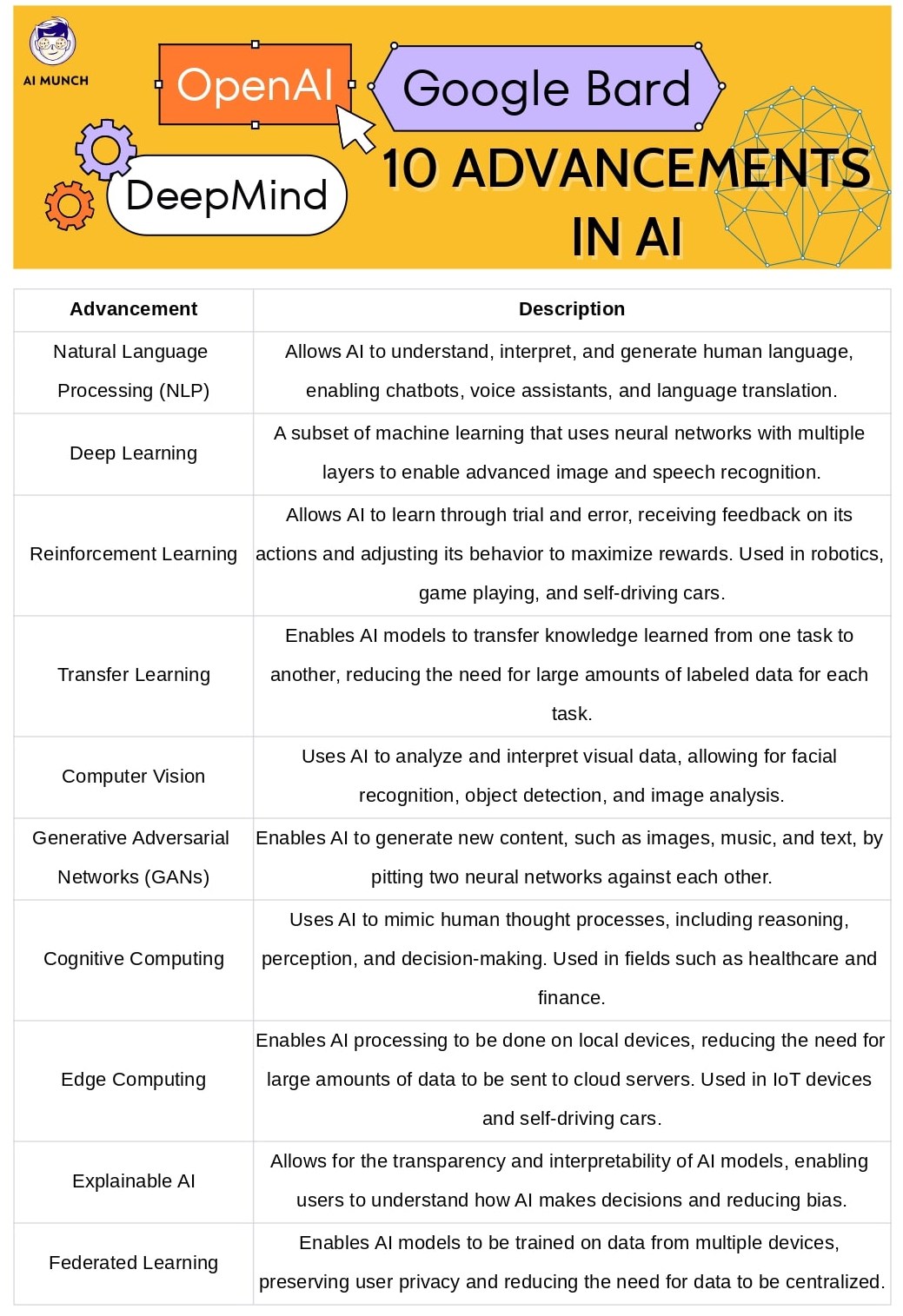
VI. Conclusion
In this article, we’ve covered a lot of ground regarding AI development: the basics of AI, the process of development, the challenges that Artificial intelligence development poses, and the most recent successes in AI development. We will review the article’s main points and discuss how this might affect the future of technology and society.
A. Recap of the process of AI development
Defining a problem and a goal, gathering and cleaning up data, choosing an algorithm and a model, training and testing the model, putting it into action, and improving it are all essential steps in developing artificial intelligence. In this way, the building blocks of artificial intelligence, like machine learning, deep learning, and neural networks, are crucial.
B. Potential of AI in shaping the future of technology and society
Emotional Artificial intelligence is something that has its benefits for us. This has a lot of potential and could significantly affect the future of technology and society. Artificial intelligence has many potential applications, including healthcare, education, transportation, marketing, and other spheres. AI can also help solve some of the most critical problems in the world, like global warming, poverty, and disease. But to get the most out of AI, these systems must be built responsibly, with the right amount of oversight and clear lines of responsibility and accountability.
As we have seen, developing AI is a complex process that must consider a wide range of factors, including those related to ethics, security, and bias. Recent advances in artificial intelligence, such as reinforcement learning, transfer learning, and federated learning, offer hope that these problems can be solved. However, it is essential to keep working on these systems responsibly to ensure they end up helping people. We must ensure that AI is used for good and to the benefit of all to fulfill its enormous potential to shape the future of technology and society.
FAQs
Philosophers planted the seeds for modern AI when they tried to explain how people think through the mechanical manipulation of symbols. This work led to the development of the programmable digital computer in the 1940s. This machine is based on the abstract nature of mathematical reasoning.
To make an AI, you need to figure out what problem you’re trying to solve, gather the correct data, make algorithms, train the AI model, choose the right platform, choose a programming language, deploy your system, and keep an eye on how it works.
In his field, John McCarthy was a major player. He is known as the “father of artificial intelligence” because of his fantastic work in Computer Science and AI. Artificial intelligence is a term that McCarthy first used in the 1950s.
Certain AI technologies can produce code that is superior to human-written code. This is a significant step forward and a glimpse at the potential of AI to speed up the process of creating high-quality code.
Both Python and Java are frequently used in the field of artificial intelligence. How you intend to use artificial intelligence should guide your decision between the various programming languages available. Python is commonly used for data analysis and similar tasks.
By combining vast amounts of data, fast, iterative processing, and intelligent algorithms, artificial intelligence makes it possible for the software to learn from patterns or features in data automatically.
Do you want to read more? Check out these articles.



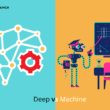
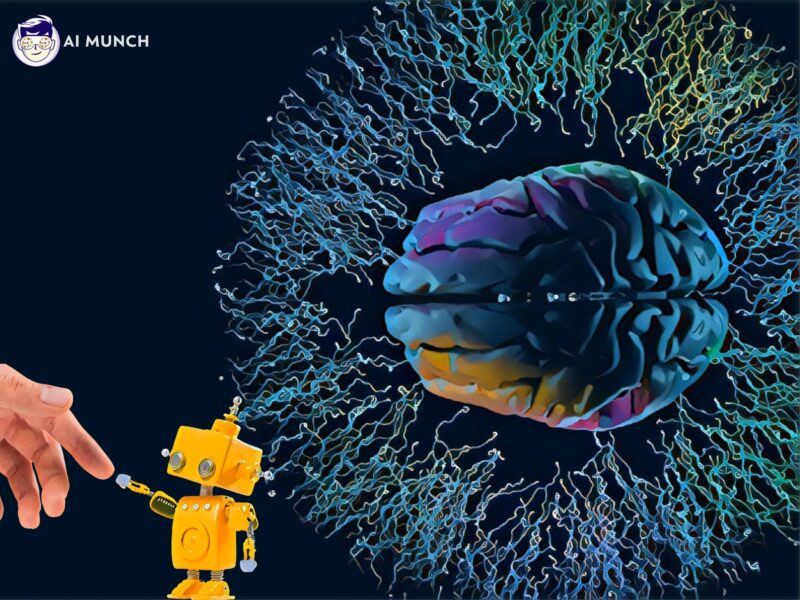


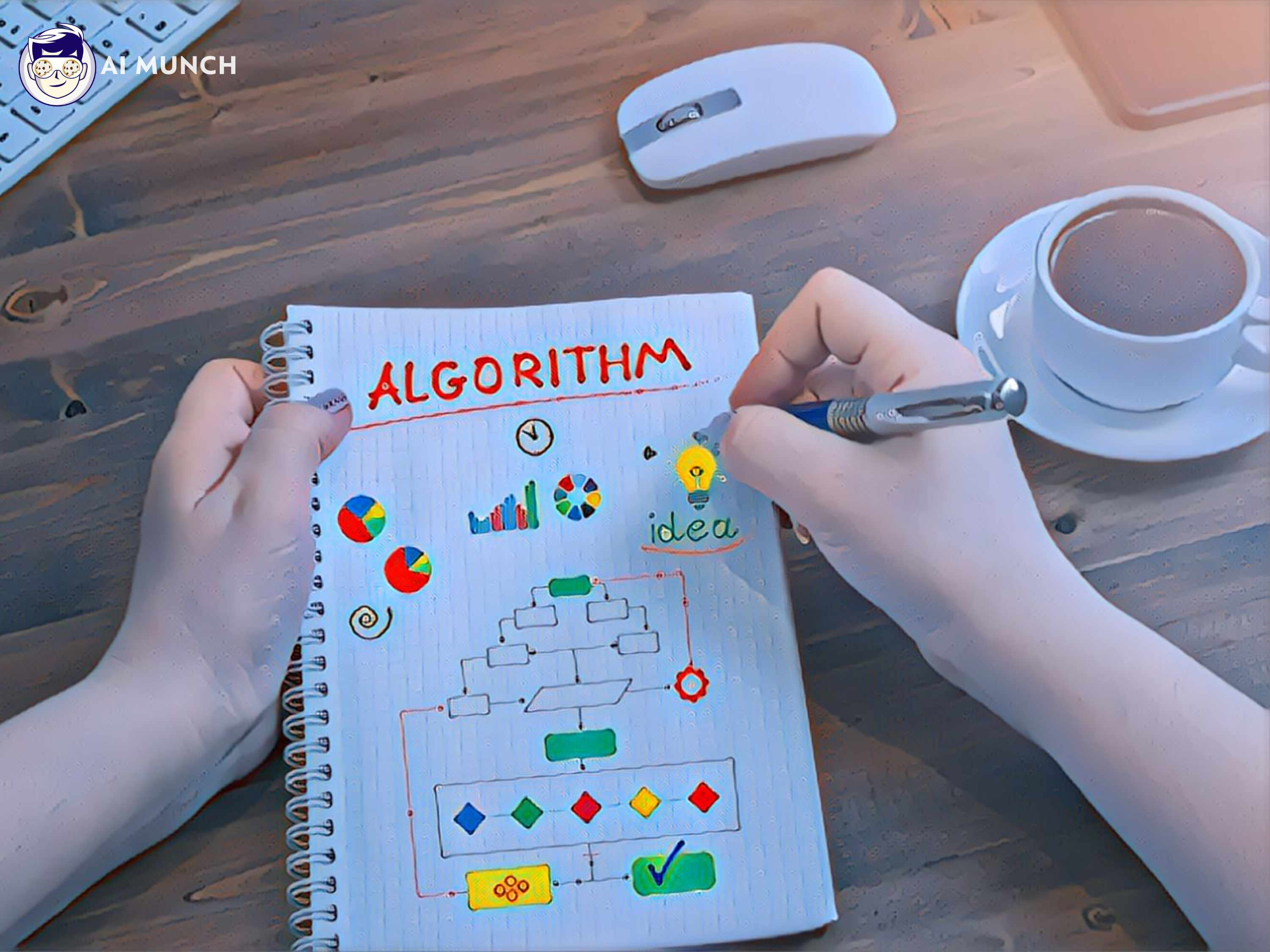


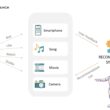


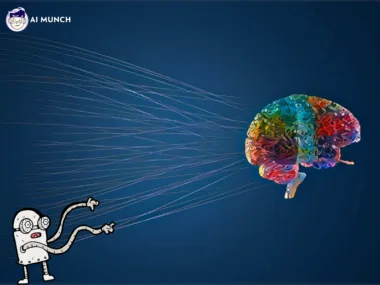


9 comments